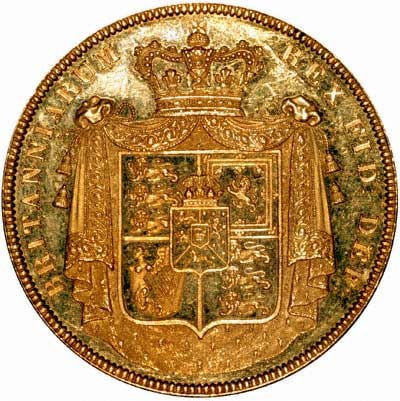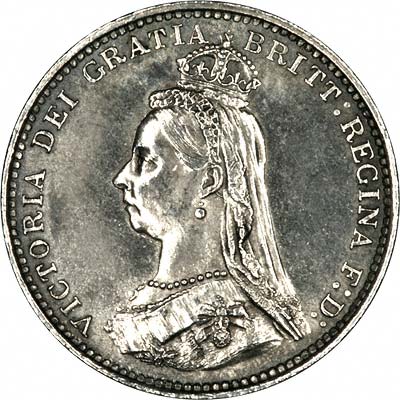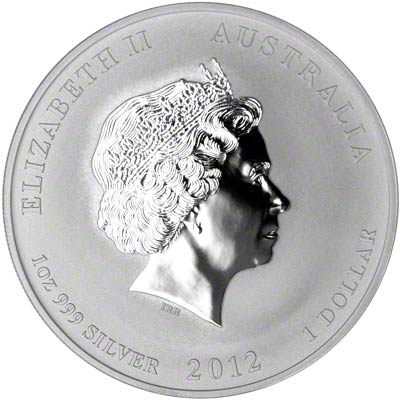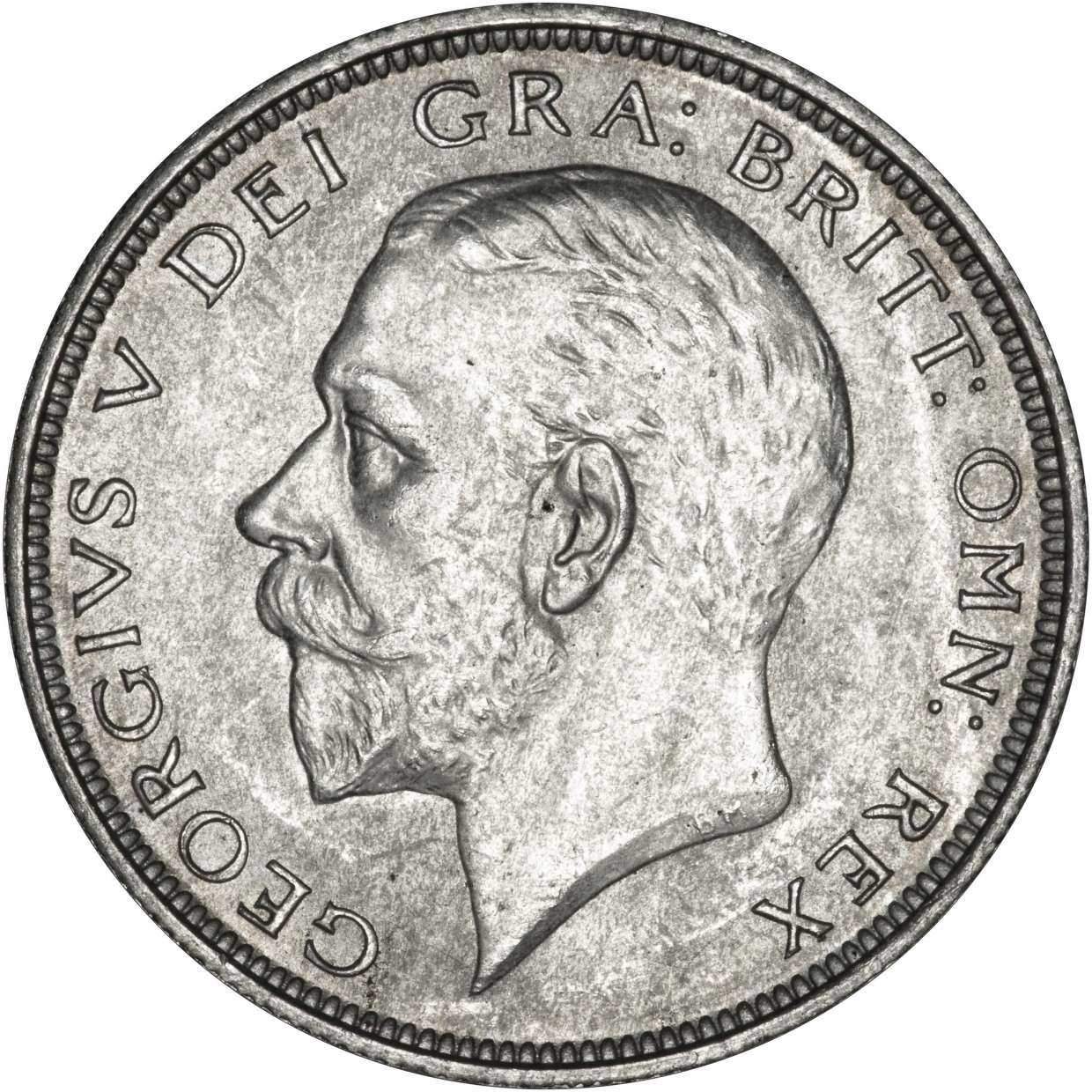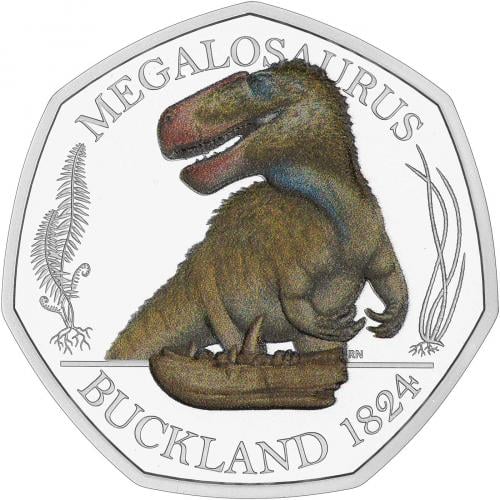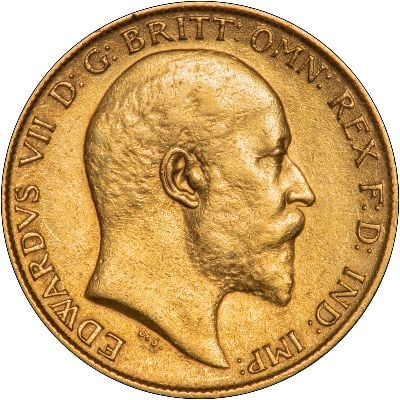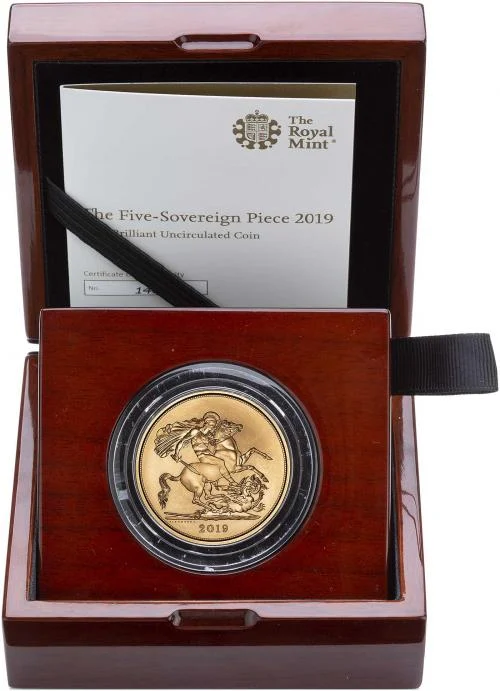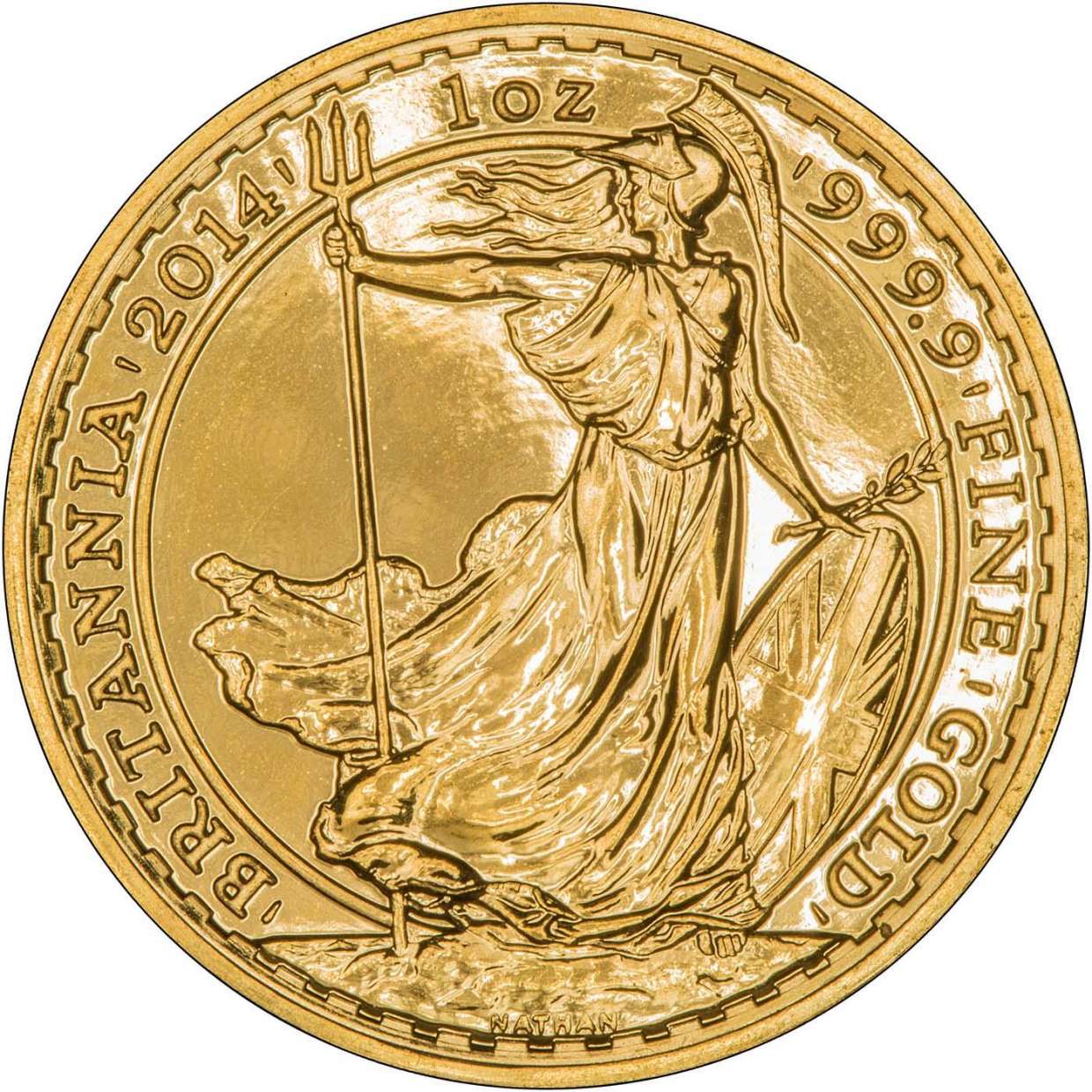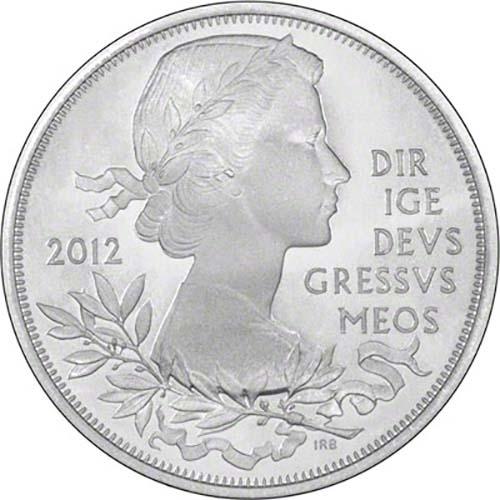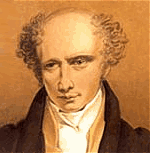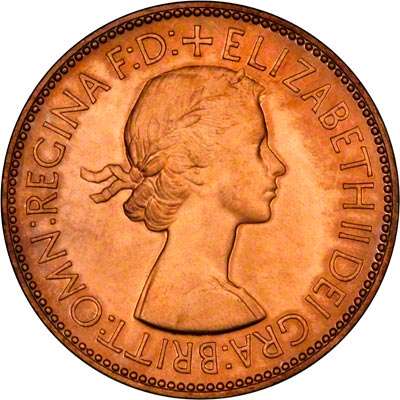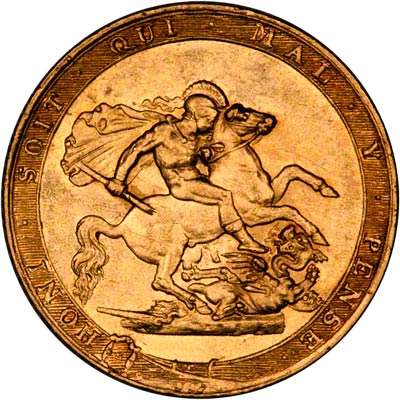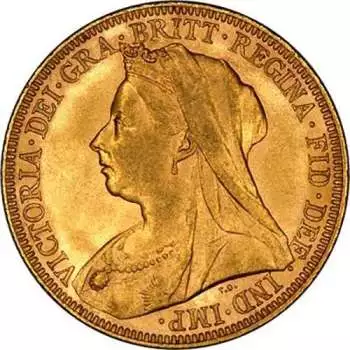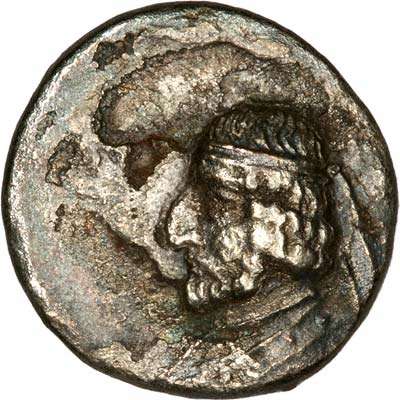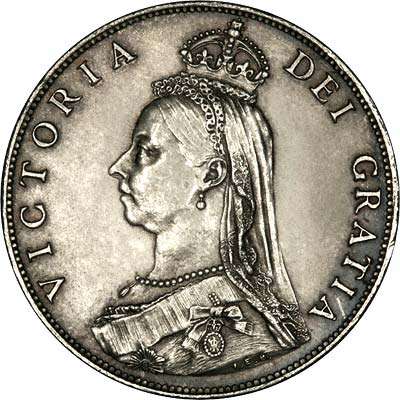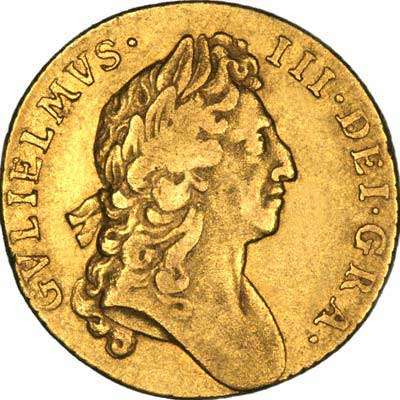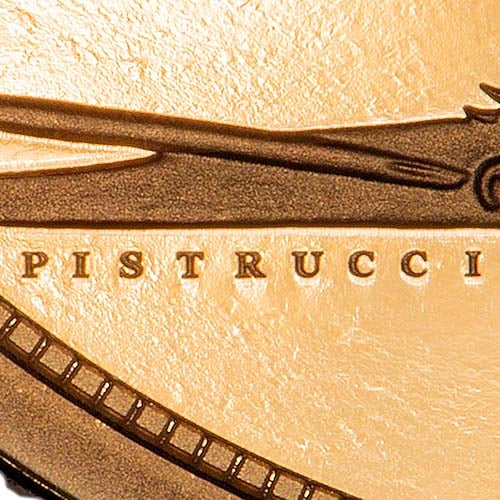George VI Base Metal Ordinary Circulation English Shilling
Individual George VI English Base Metal Shilling in Ordinary Circulation.
This is an individual coin not a set of 5, which will be chosen at random from a bag of post-1946 coins. For this reason the date and condition will vary.
If you would like to choose a particular design or would like a high specimen example, please contact us so we can hand-pick one, grade and price it for you.
If you're interested in a bag of the coins, make us an offer!
More Info
Terms & Delivery
Origin of the Shilling
The shilling was originally a unit of account dating back to Anglo-Saxon times. A shilling, worth twelve pence, was the value of a sheep in anglo-saxon times and larger value transactions were generally defined in terms of shillings.
The First Shilling
Interestingly, the value and purchasing power of a shilling remained more or less the same throughout the middle ages, all the way up until the Tudor period when inflation started to eat into the purchasing power of the shilling. At around this time, the forerunner of the shilling coin, the testoon, was introduced in about 1487. It was worth twelve pence at the time.
The first shilling was issued in the reign of Edward VI in 1549, and was one of the first British coins to bear a date, at first in Roman numerals MDXLIX.
Mark of Value
By 1551, shillings were struck which showed a value mark XII, denoting twelve pence. It is commonly but incorrectly believed that the "s" in £.s.d. stands for shilling. It stands in fact for "solidus", a Roman coin denomination.
On the milled coinage of Oliver Cromwell, and Charles II from 1662, the denomination or mark of value was omitted, and did not reappear until 1831 under George IV. It was omitted from 1887 to 1893 on the Victoria jubilee head issues, returned on the Victoria old head issues until the last issue at decimalisation.
Shield Design
From its inception, the reverse design was always a shield, except in the Commonwealth of England period, in which it changed to two shields. With the changeover to milled coinage in 1662, the design changed to four crowned cruciform shields, although the execution of this design changed throughout its lifetime. In 1878, under George III, the crowns were moved into the angles between the shields, and after the great recoinage of 1816, changed again to a large shield within a garter. Under George IV, there were two issues, one with a large crowned and garnished shield, then a shield in garter.
Value in Wreath
On the young head issues of Victoria, the reverse design changed to the value "ONE SHILLING" in two lines within a wreath, with a large crown above, but for the jubilee issues changed back to a shield in garter, and with her old head issues changed again to three shields within a garter.
English Lion
On the coronation of Edward VII in 1902, a new shilling design appeared, which was a lion guardant standing left on a crown, although we have seen this described incorrectly as a rampant lion. This design continued under George V, when a modified version of the same design was introduced.
English And Scottish
From the introduction of the George VI new designs, two separate shilling designs were issued, one with an "English" reverse, and on with a "Scottish" reverse. The English design features a lion standing on a crown, at either side there are two roses, the Scottish design features a lion seated on a smaller crown, at either side are a Saint Andrew's cross and a thistle.
When new designs were produced for Queen Elizabeth II, the two separate designs were continued, but now the English version had three lions passant guardant within a shield, the Scottish variant had a single rampant lion within a shield, and the crowns differ in that the English version had two fleur-de-lys, while the Scottish version had two crosses.
A Successful Denomination
The shilling was obviously a successful coin denomination, because prior to decimalisation, our coinage system consisted of pounds, shillings, and pence. The shilling was produced until 1966, with a proof version being struck for inclusion in the "last £.s.d." coin set produced dated 1970, and continued in use until 1982.
Decimal Equivalent
Its decimal equivalent was five new pence, later five pence, so that it was one of the two coins which transposed naturally into an exact amount in the decimal system. From 1990, the size of the five pence coin was reduced from 25.39 to 18.00 millimetres,and its weight from 5.65 to 3.25 grams. The old size five pences and shillings were withdrawn shortly afterwards, so ending more than 400 years as a popular and successful denomination.
Obverse
The obverse portrait of George VI was designed by Thomas Humphrey Paget.
Reverse
From the introduction of the George VI shilling, two separate shilling designs were issued; one with an "English" reverse, and on with a "Scottish" reverse.
The English design on this coin features a lion standing on a crown, at either side there are two roses.
Specification
| Diameter (mm) | Weight (grams) | Alloy |
| 23.6 | 5.65 | Cupro Nickel |
Terms of Sale - Key Points
You can find more information on payment and identification requirements.
Bullion coins are provided as is and on occasion may have some minor scratches or edge knocks. These are not regarded as faulty or damaged goods as their precious metal content and value as a bullion coin is not affected. Any coin sold for a value less than a 180% intrinsic is considered a bullion coin.
Gold investment products are VAT free. Silver investment products are inclusive of VAT at the current rate unless otherwise stated.
All investment products are based on the live precious metal price. Prices will be fixed once the item has been added to the basket and recalculates just before checking out.
If your product is not a graded coin and is considered a bullion item, it should be noted that these are bought and sold on low premiums over their precious metal content and not solely for aesthetic purposes; therefore, some products may have edge knocks and/or marks. These edge knocks and marks do not alter the specifications of the coins.
Please note that all investment products are exempt from the Consumer Contracts (Information, Cancellation and Additional Charges) Regulations 2013 and therefore customers do not have the right to cancel their order once the order has been accepted. If customers no longer wish to go ahead with their investment purchase, there is an option to sell the products back to Chard (1964) Ltd instead. View our current buy back prices.
View our full Terms & Conditions.
Delivery Information
We aim to dispatch orders within 48 hours of receiving cleared funds. Our standard delivery methods are as follows.
Orders over £60 - Fully Insured Delivery.
- Within the UK and BFPO - Next day fully insured and tracked. Delivery starts from £6.
Orders under £60
- Within the UK and BFPO - Royal Mail 2nd Class. Your order will normally arrive within 2-3 working days. Delivery starts from £3.50.
If you wish to have your order sent by an alternative method (e.g., Saturday Guaranteed) please contact +441253343081 for more information. Please note, we will not dispatch high value orders over a bank holiday weekend.
For international delivery, please check with your local customs office for more information on custom duty and taxes.
Full delivery information can be found by clicking here.
Postal Insurance
We offer fully insured delivery on all special delivery options. We do need to pass on the cost of this insurance as it soon adds up shipping high value gold and silver products.
- Orders under £1500 there is no additional fee.
- Orders over £1500 we charge a fee in order to cover the increasing costs of insurance. For every £1500 we apply a £1 fee.
If you require any assistance, please do not hesitate to call the showroom on +441253343081 and one of our team can discuss your purchase.





























